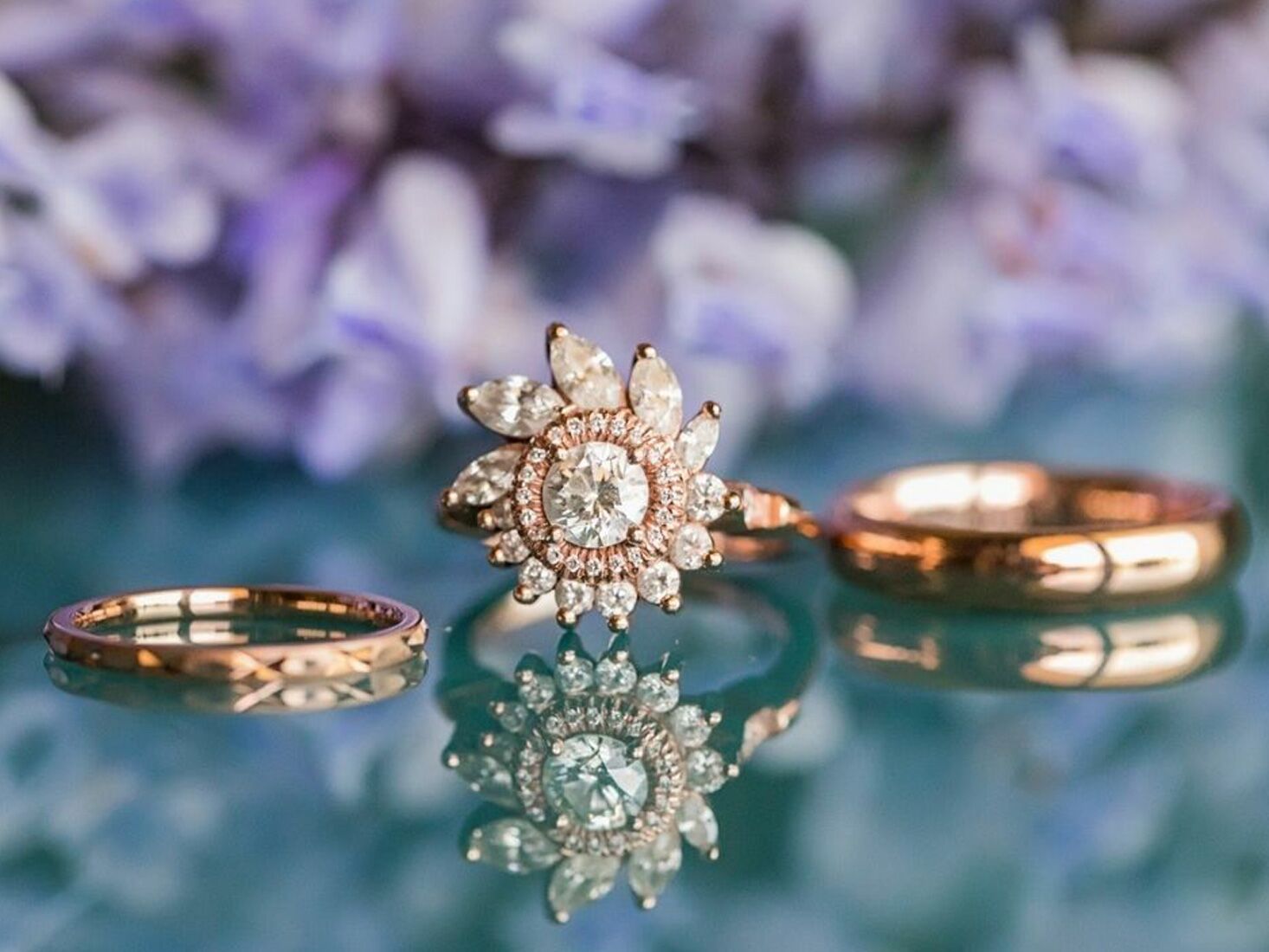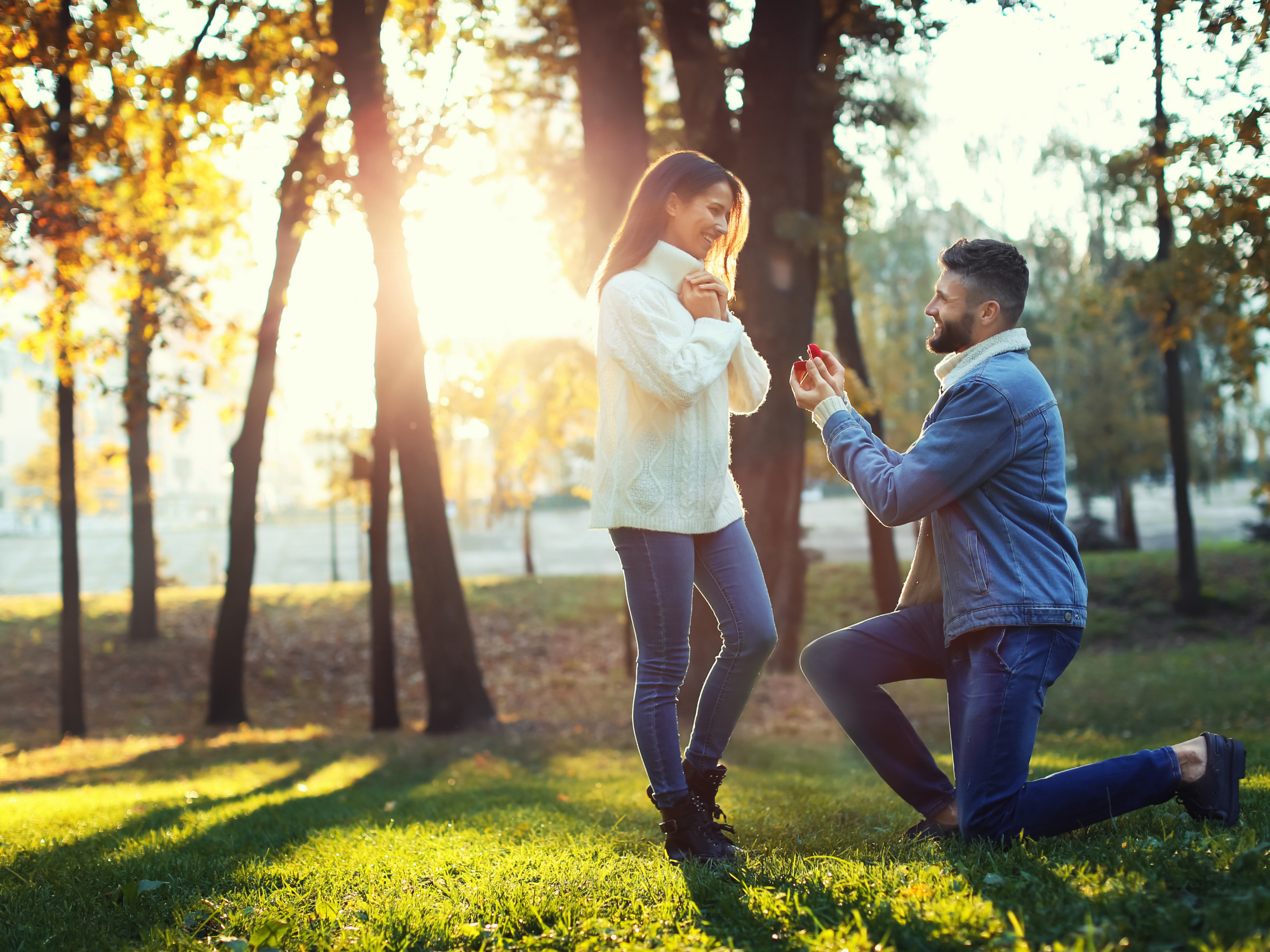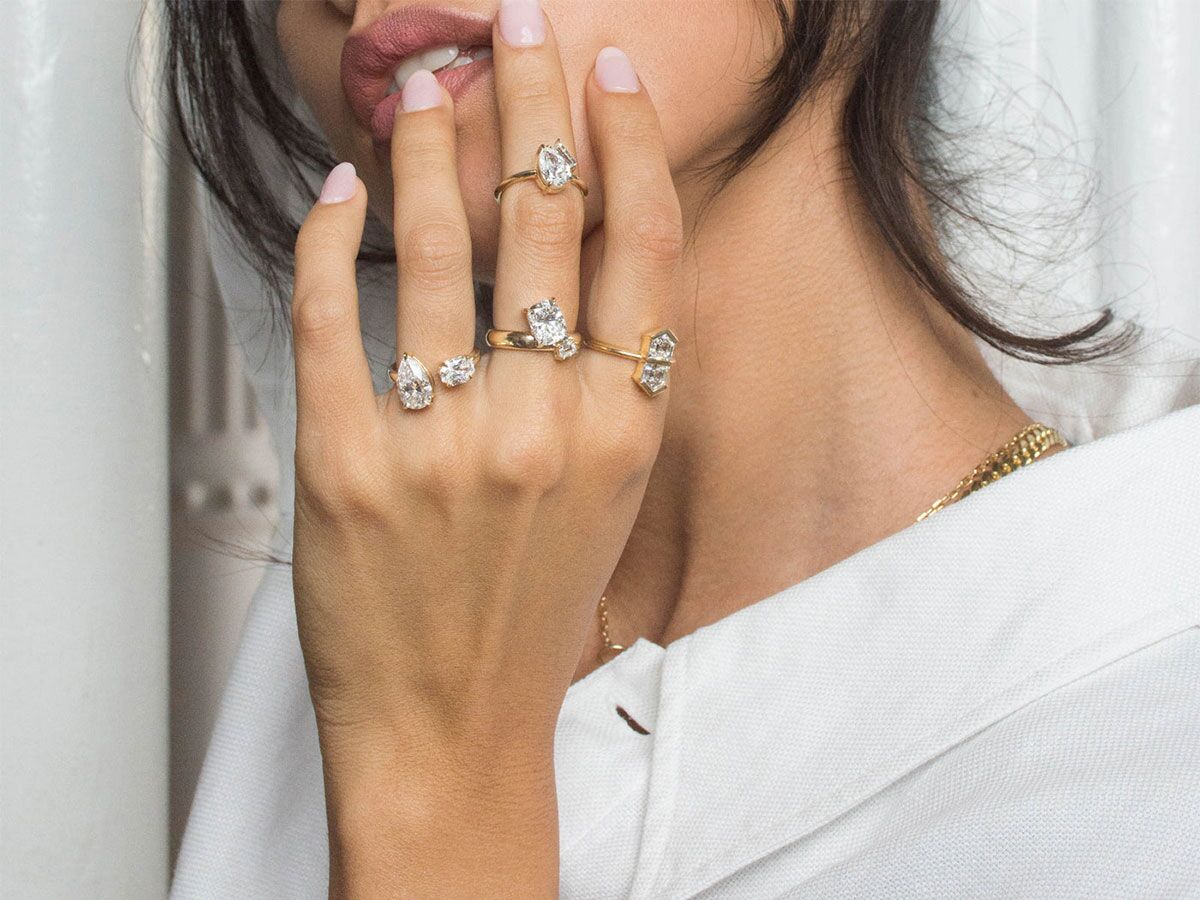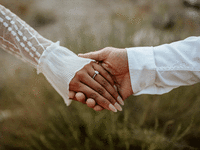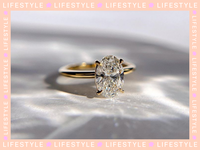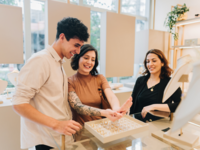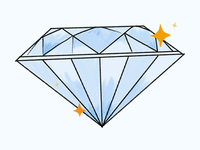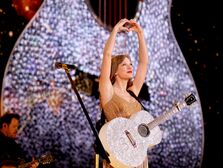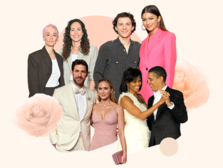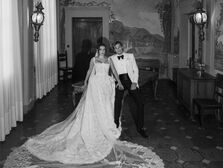The Fascinating History of Engagement Rings
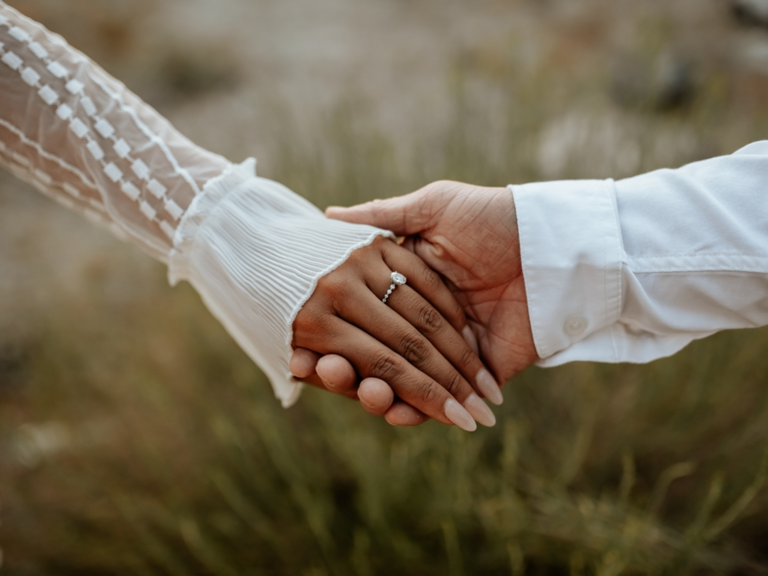
Engagement rings have acted as a representation of love, commitment, and impending marriage for so long that we barely even give them a second thought now. But the history of engagement rings is incredibly interesting, dating as far back as the ancient Roman empire. And they didn't always look the way they do now – diamonds didn't become the gem of choice until around the 1400s.
Understanding where engagement rings came from and what they've meant over time can make your ring feel even more special. It's proof that engagement rings aren't just a trend or a way to trick you into spending money: they've been symbolic of something more meaningful for even longer than most of us can imagine. Here's a look at where engagement rings originated, how they've evolved, and some of the most interesting engagement ring traditions.
The History of Engagement Rings
Using a piece of jewelry, specifically a ring, as a symbol of your love is nothing new. "An engagement ring has been a symbol of an everlasting bond for centuries," says Jennifer Gandia, co-owner of Greenwich St. Jewelers, a store in New York, New York. According to the Gemological Institute of America (GIA), the concept behind engagement rings may have originated in Ancient Rome. Back then, women were given rings made of ivory, flint, bone, copper, or iron to signify the ownership their husbands had over them. In the ruins of Pompeii, gold betrothal rings were found, signifying that they were in use back in 79 CE.
While not exactly romantic, this tradition continued, slightly changing over time. In 850, Pope Nicholas I declared that engagement rings were a symbol of a man's intent to marry, and they were used as a representation of financial sacrifice. At this time, gold rings were typically used as engagement rings.
It wasn't until 1477 that a diamond engagement ring was first recorded in history. It was given to Mary of Burgundy by the Archduke Maximillian of Austria. Many years later, in 1840, diamond engagement rings made their way to America. Still, they didn't become the norm until the 1930s, many years after the 1867 discovery of diamonds in South Africa led to an increase in supply.
By 1940, diamond engagement rings had become much more common – in fact, they were one of the most popular pieces of jewelry out there. And in 1947, De Beers launched a marketing campaign that made them even more sought after, according to GIA. They introduced their iconic advertising statement of "a diamond is forever," and they also started petitioning celebrities to wear diamonds regularly. Diamonds weren't just a symbol of romance, but they were also seen as works of art.
On top of all of that, they also came with a deeper meaning. "Natural diamonds are billions of years old, making them an impactful reminder of a love that stands the test of time," Gandia says. Of course, their hardness and durability also make them the seemingly obvious choice for a ring that is going to be worn every day.
Engagement Ring Traditions
Engagement rings have changed and evolved tremendously since they first began. Today, we know that engagement rings are traditionally worn on the ring finger of a woman's left hand. According to GIA, the idea behind this may date back to the time of Ancient Egyptians, who believed that this finger contained a "vein of love" that led directly to the heart. It's one tradition that has stood the test of time.
In 1525, engagement rings looked very different than they do today. Gimmel rings, two or three hoops that fit together to form one ring, were popular. After they got engaged, a man and woman would each wear one part of the ring. The rings would become reconnected during the wedding ceremony, and the bride would wear them from then on.
In 1600, silver posy rings became popular and were frequently mentioned by Shakespeare. These rings were often engraved on the inside with a short love poem or ballad. Sometimes they were exchanged for gold posy rings during the wedding ceremony.
From about 1890 to 1930, old European cut diamonds were a popular option for engagement rings. These hand-cut diamonds originated in Europe and are now often seen in many antique rings. In the 1920s, engagement rings started to follow more of an Art Deco style, which included colored gemstones like sapphires, emeralds, and rubies instead of diamonds.
Once diamonds became the norm for engagement rings, different cuts were trendy at different times. In the 1960s, after Elizabeth Taylor debuted an enormous Ascher cut diamond, over-the-top styles became a popular choice. The 1970s saw many unique and geometric diamonds take center stage, and that is also the time princess cut diamonds became a huge trend. Yellow gold was a favorite metal in the 1980s, and in the 1990s, round-cut diamonds and more minimalist designs surged.
In recent times, some of the biggest engagement ring trends have included halo rings, double bands, and radiant cuts, as well as another yellow gold trend. Consumers have also started paying more attention to sustainability. Because of this, antique diamond rings are trending, says Gandia, who notes that antique cushion cut diamonds are one of their most requested rings. "It's easy to see why, as they are very charming with one-of-a-kind characters, cut by hand under candlelight hundreds of years ago."
Lab-grown diamonds are another recent trend that seems to have surged based on sustainability efforts and cost. Lab-grown diamonds are less expensive than natural diamonds, so consumers can buy larger carat sizes and more elaborate cuts for less money than they might spend on a smaller natural diamond. Since they're grown in a lab and not mined from the earth, they're also often stated to be more eco-friendly.
It's hard to say exactly what the next engagement ring trend will be, but Gandia believes consumers will become more interested in the quality and origin of the items they invest in. "Natural diamonds with certified origins will become a focus in the next year," she notes. Even if we don't know exactly what the next big trend will be, we know that engagement rings will continue evolving, even as they keep their special message of love and commitment.

